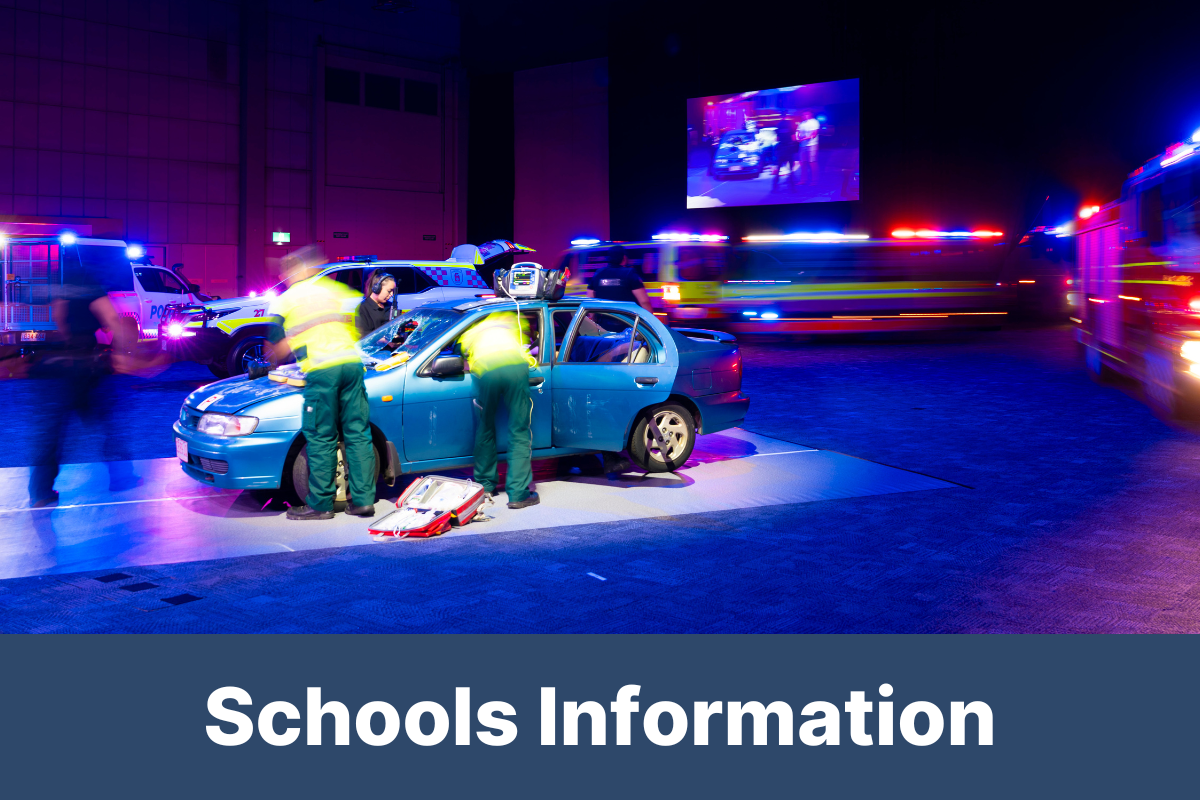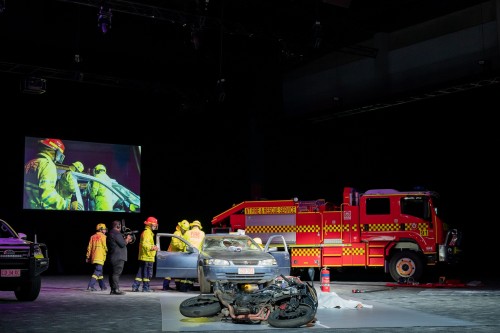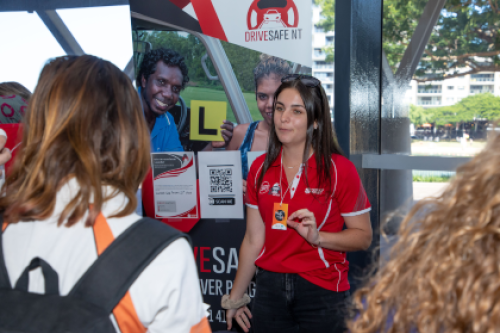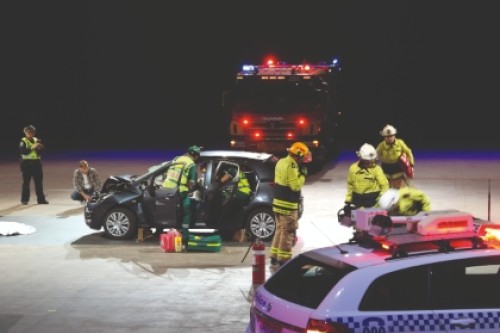Street Smart High is an annual road safety education event which aims to reduce the territory’s shocking youth road trauma. The program provides students with first-hand experiences and educates them about their responsibilities as drivers and responsible passengers. It provides information and strategies to avoid serious injuries and death, and highlights the consequences of distracted driving, not wearing a seat belt, speeding, drink and drug driving, and driver fatigue.
During the lunchtime break, students will be encouraged to visit the exhibition displays to collect information and learn about organisations that are involved in road safety or offer services for young people.
What happens at a Street Smart High event?
On the day, students will:
- witness a simulated crash scene, including pre-and-post-crash analysis
- hear from people whose lives have been affected by road trauma
- interact with leading community, Territory Government Police, Fire and Ambulance personnel and industry organisations and programs that aim to keep young people safe
- learn road safety skills and knowledge.











